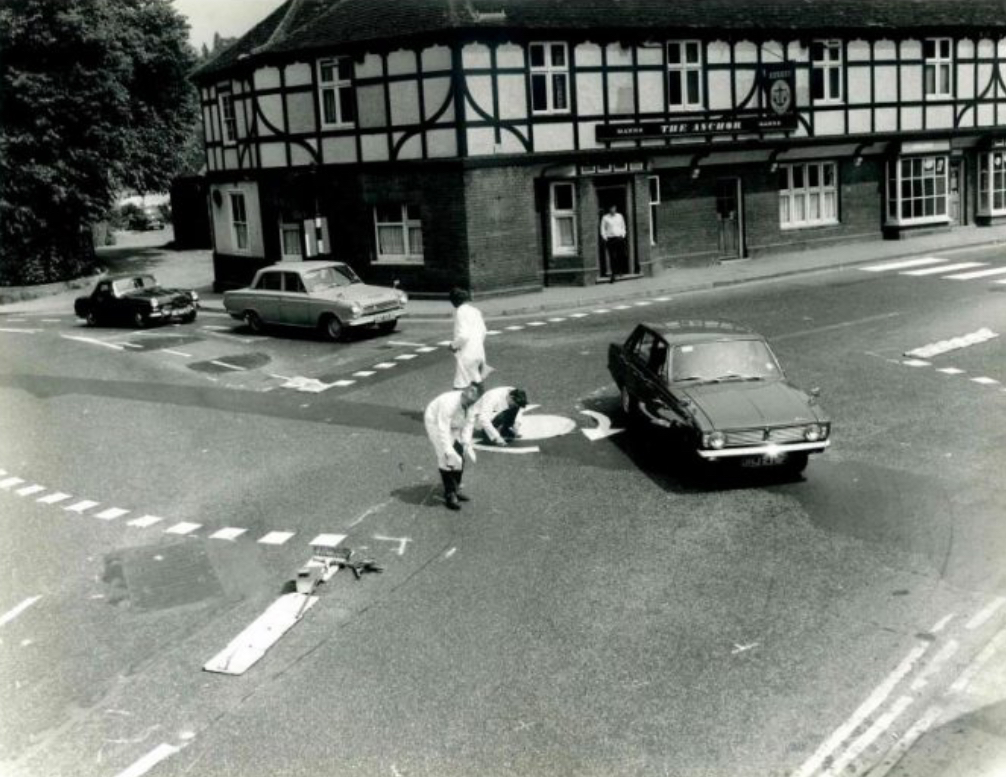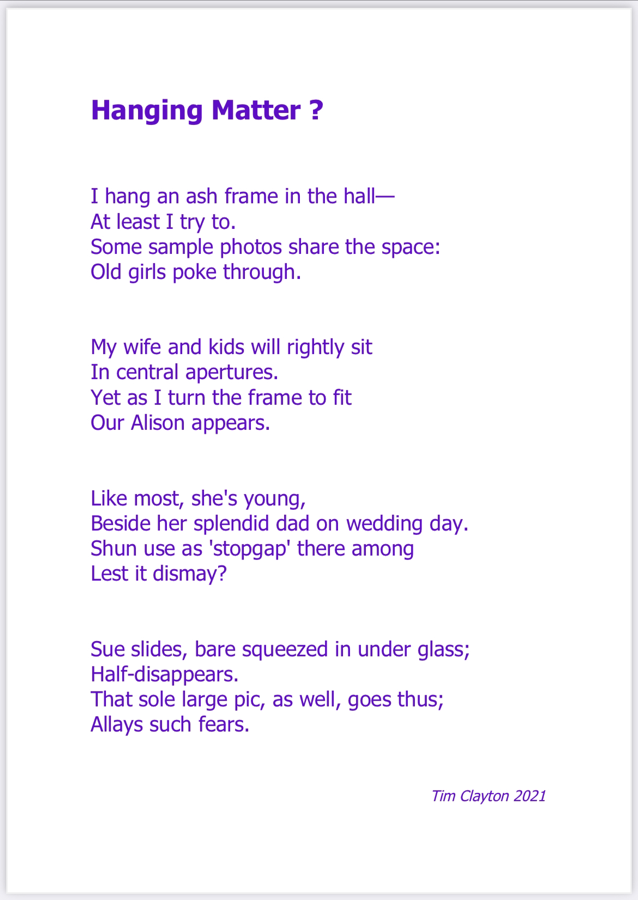|
View the video in YouTube to allow all-round viewing
0 Comments
Anna Blackmore (daughter of maverick Frank Blackmore OBE, the innovative, outspoken and determined Traffic Engineer responsible for introducing the use of right-hand priority and who invented the mini roundabout and the multiple 'Magic Roundabouts') makes this tribute: Frank was born and brought up in Fort National, Algeria, of a Swiss/French mother and a British missionary father who may have helped instill in him the life long-habit of putting others before himself (enduring despite the ravages of dementia). From an early age, he delighted his mother by inventing little devices to solve practical problems (such as a fly-trap built of matchsticks). He was bilingual and held dual nationality until obliged to give up his French passport during the WW2 German occupation of France. He studied engineering in Lausanne, Switzerland and came to work in Britain in 1936.
A famous family story is of his dramatic dash in the midst of his final exams, persuading a pilot to fly him from Croydon to Friday Woods airfield in Essex, doing his interview in Colchester, getting that engineering job, then flying back to Croydon and thence Lausanne to finish them! In the war he joined the RAF and, as a pilot of Wellington Bombers, was closely involved in the early successful testing of the Leigh Light. This was used at night to spot and destroy the German U-boats which were attacking the allied convoys across the Atlantic ocean. Another famous family story is of a wartime forced landing he made on the beach at Ardnamurchan Point, on the West coast of Scotland (where there was nothing but a telephone box), and how they had to be rescued by sea. He was awarded the Air Force Cross in 1944. After the war, he remained in the RAF until 1959, working for the Air Ministry in London and then for a time for NATO, in France, and finally as Air Attaché and interpreter at the embassy in Beirut … where he recorded, via holes drilled in the wall, conversations of Russian embassy staff next door. In 1960 he joined what was then the Road Research Laboratory (RRL). There he became interested in junction design, being keen to improve traffic flow to clear bottlenecks, and hence reduce accidents. Out of this passion the mini-roundabout was born. Revolutionary at that time, these have since become commonplace in the UK and other countries. Initially he worked in his own time as his ideas were too radical to be taken seriously. It was a long hard battle and it wasn't until he got his suggestion accepted to introduce right hand priority at junctions that he began to gain credibility. The inspiration came in France where he saw right hand priority, in a right hand drive system, causing ever increasing congestion at major intersections. (He once climbed the Arc de Triomphe, to observe traffic below). The first mini-roundabout* was laid in Peterborough in October 1968. His passion became an obsession and family holidays regularly featured stops at junctions while he took photos from all vantage points. His devised system of photography comprised a camera lens on a crane above the junction, pointing upwards at a concave mirror. His main idea was that the mini roundabout should be just a guide to make clear to users which driver always had priority at the junction and how to pass each other, if approaching from opposite directions and turning right. Thus he simplified it to a mere white circle painted in the middle, which one could just drive over, if no one else was using the junction. He also used mini roundabouts to aid flow at large junctions, creating the multiple roundabout. Two of his projects are the so-called Magic Roundabouts in Swindon and Hemel Hempstead. Both of which have their enthusiastic supporters and their vociferous detractors. * Only in 1975 was a mini-roundabout defined as being fully traversable; it is understood that the Peterborough scheme was what we would now describe as a small roundabout of approx. 6m central island diameter. The first true mini-roundabout was probably the one Frank installed in South Benfleet in May 1970. This was closely followed by his schemes at Upton Cross, Dorset (June 1970) - a double mini-roundabout, and Eastcote, NW London (two mini-roundabouts in July 1970). The Truro double mini-roundabout installed in May 1971 also remains with only the slightest modification. |
Archives
May 2024
|



 RSS Feed
RSS Feed